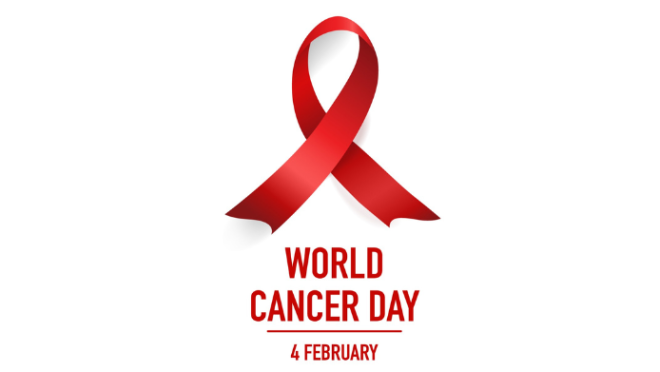Cancer accounts for 12% of annual deaths in Bangladesh: BSMMU study
Cancer accounts for 12% of annual deaths in Bangladesh: BSMMU study

The five most common cancers are breast (16.8%), lip and oral cavity (8.4%), stomach (7.0%), larynx (7.0%), and cervix (5.1%)
Highlights
- 53 new cancer cases per 100,000 people annually
- Data collected via household interviews using web-based software
- 201,668 participants (48.4% male, 51.6% female)
- 46% of cancer cases linked to tobacco use
- 60% of patients received combined treatment
Cancer accounts for 12% of all deaths in Bangladesh annually, according to a study conducted by researchers from the Public Health and Informatics Department at Bangabandhu Sheikh Mujib Medical University (BSMMU).
The country’s first cancer study found 53 new cases occur annually per lakh of the population.
Md Khalequzzaman, associate prof at BSMMU and the study’s principal investigator, presented the findings at a programme titled “Cancer Burden in Bangladesh: Evidence from a Population-based Cancer Registry” at BSMMU’s Super Specialised Hospital, today (1 February).
The Bangladesh Sample Vital Statistics 2022 report by the Bangladesh Bureau of Statistics (BBS) reveals that heart disease remains the leading cause of death, accounting for 21%, followed by respiratory illnesses at 9.64% and brain strokes at 9.15%.
Study Findings
Data collection for the study began in July 2023 in Hossainpur Upazila, Kishoreganj, through face-to-face interviews using web-based National Cancer Registry software. Follow-up visits started in July 2024.
The study identified 38 types of cancer, with a prevalence of 106 cases per lakh—118 per 100,000 males and 96 per 100,000 females. A total of 201,668 participants from 46,631 households took part, with 48.4% males and 51.6% females.
Of the cancer patients, 92.5% were aged 18-75, 2.4% were under 18, and 5.1% were over 75. The most common cancers were breast (16.8%), lip and oral cavity (8.4%), stomach (7%), larynx (7%), and cervix (5.1%). Among female patients, 19% had reproductive system cancers, including cervical (11%), ovarian (5%), and uterine (3%) cancers.
The study found that 46% of cases were linked to tobacco use, with 75.8% of male patients being smokers. Common comorbidities included hypertension (17%), diabetes (11%), cardiovascular disease (6%), chronic kidney disease (3%), and stroke (2%).
Regarding treatment, 60% received a combination of surgery, chemotherapy, and radiotherapy, while 7.4% received no treatment.
A follow-up study (July 2024 to January 2025) covering 58,539 participants found lung (16.1%), liver (12.9%), and larynx (12.9%) as the most common new diagnoses.
Dr Sayedur Rahman, special assistant to the Ministry of Health and Family Planning, stated, “Tax exemptions have been introduced for cancer drugs, reducing their cost by at least 10%”, as the chief guest of the event.
He also announced the appointment of project directors for cancer hospitals in all eight divisional cities. Dr Rahman added that cancer is the top priority among the four major diseases for which patients seek treatment abroad.
He assured that radiotherapy departments are complete, and necessary machines will be operational within 45 days of appointing project directors. At least four hospitals will begin cancer treatment within six to nine months, and two new radiotherapy machines will be inaugurated next month.
Prof Dr Md Shahinul Alam, vice-chancellor of BSMMU, confirmed that funding would not be an issue for research meeting public expectations, highlighting the importance of the Population-Based Cancer Registry in cancer prevention, treatment, and research.
Researchers emphasised the need for continued support for the population-based cancer registry.


